Our Wines
Sancerre white, Sancerre red, Sancerre rose. From the two grape varieties authorised in the Sancerre appellation - Sauvignon and Pinot Noir - DOMAINE CHOTARD produces wines that are both typical of the AOC and unique thanks to the choices made by Simon and Juliette, worthy successors to the ever-present Daniel and Brigitte.
The Organic Agriculture certification obtained in 2022 is the culmination of a carefully thought-out approach aimed at preserving the environment, the people who live and work there, and the quality of the wines produced from the various plots.
From white, red and rosé Sancerre Tradition to bottles produced by plot selection or meticulous blending, DOMAINE CHOTARD is proud to offer wines produced with a love of the terroir, using processes that respect the typicity of the grape varieties and the work of nature, reducing human intervention as much as possible. And because Simon Chotard trained as an oenologist, he focuses his growing and ageing choices on the pleasure of the end consumer and the discovery of exceptional terroirs in the Sancerre region.
SANCERRE BLANC TRADITION test

his wine represents our vision of Sancerre Blanc. It brings together all our terroirs and juices from vines aged between 5 and 80 years. We strive to produce wines that reflect their vintage - with its faults and qualities - their grape variety and their terroir.
The grapes are hand-picked and sorted before pressing. A gentle cold settling of the must is carried out before fermentation with indigenous yeasts, to allow impurities (dust, earth) to settle out but retain as much substance as possible. The wine is aged for 8 to 15 months in stainless steel vats (1/3), foudres (1/3) and barrels (1/3) before bottling. We like to bottle the wines with a slight reduction, to protect them better and allow them to age and evolve in your glasses throughout the tasting.
SANCERRE BLANC MARCEL HENRI


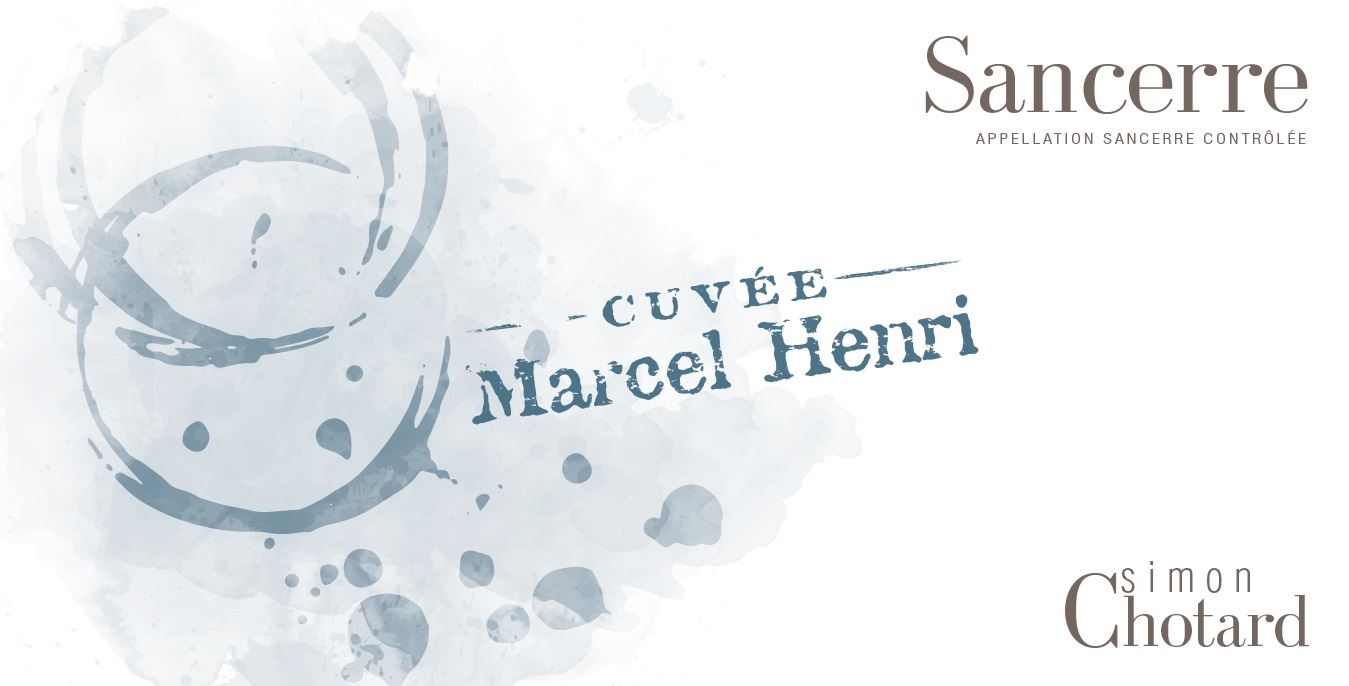
Among the oldest plots on the estate, two complement each other perfectly: Les Champs d'Alligny, with its sunnier terroir on limestone soil from the Lower Kimmeridgian, planted by my grandfather Marcel, and Les Marnes, with its cooler, sunset-facing terroir on marly soil from the Upper Kimmeridgian, planted by my great-uncle Henri. For this long, saline wine, 20 months of rest are needed to synthesise the wisdom of these old vines.
SANCERRE BLANC LES CRIS

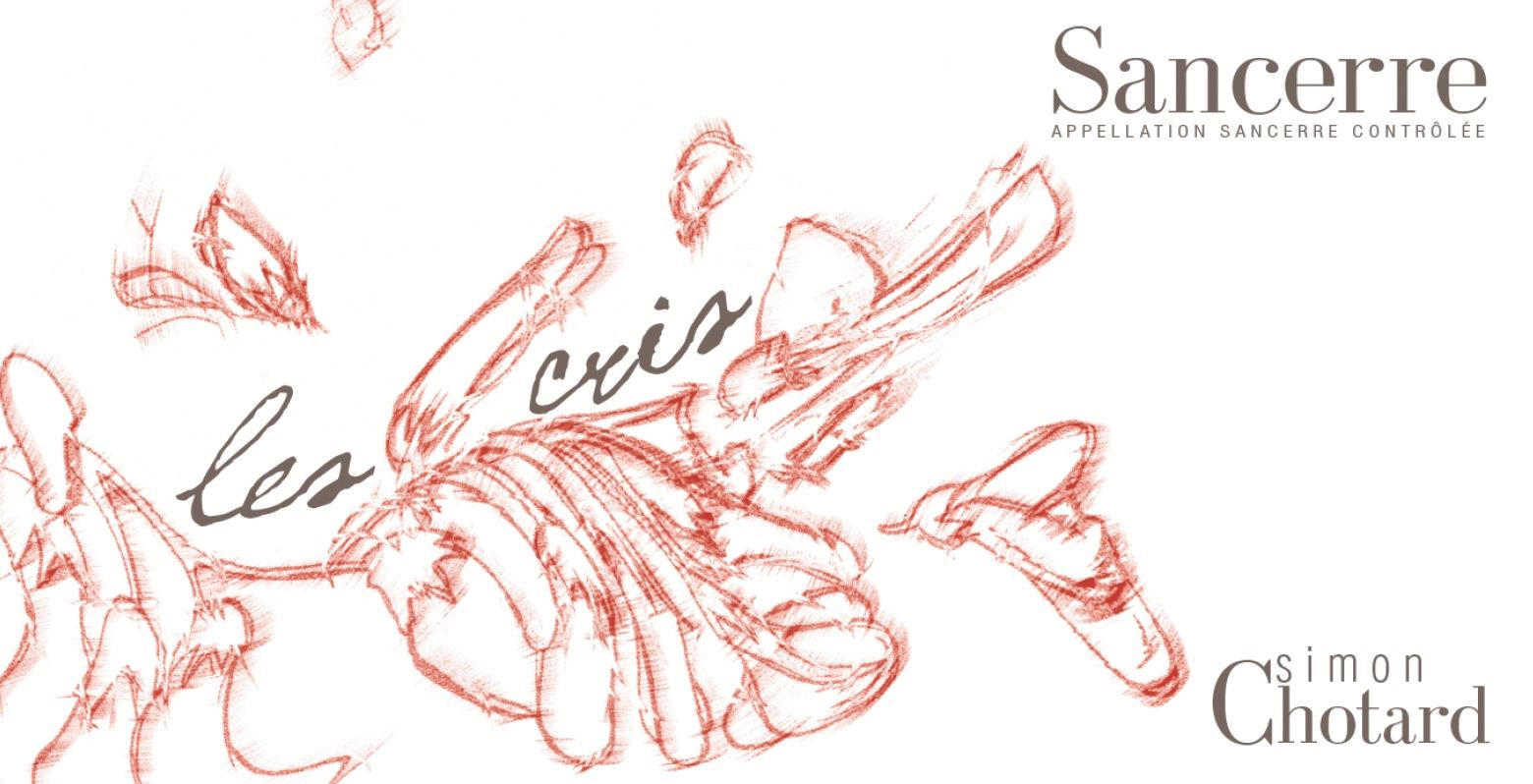
Coming from the locality of Le Champ des Cris, the vines take root in a soil dotted with small limestone rocks known locally as Griottes or Cris, and in a subsoil rich in Kimmeridgian marl. This geological particularity is enhanced by a respectful approach to the soil and the vines. The wines produced here are elegant, fine and floral, with a chalky texture on the palate. Vinification and ageing in acacia barrels enable us to bring out the best in this terroir.
SANCERRE BLANC LES COUTONES

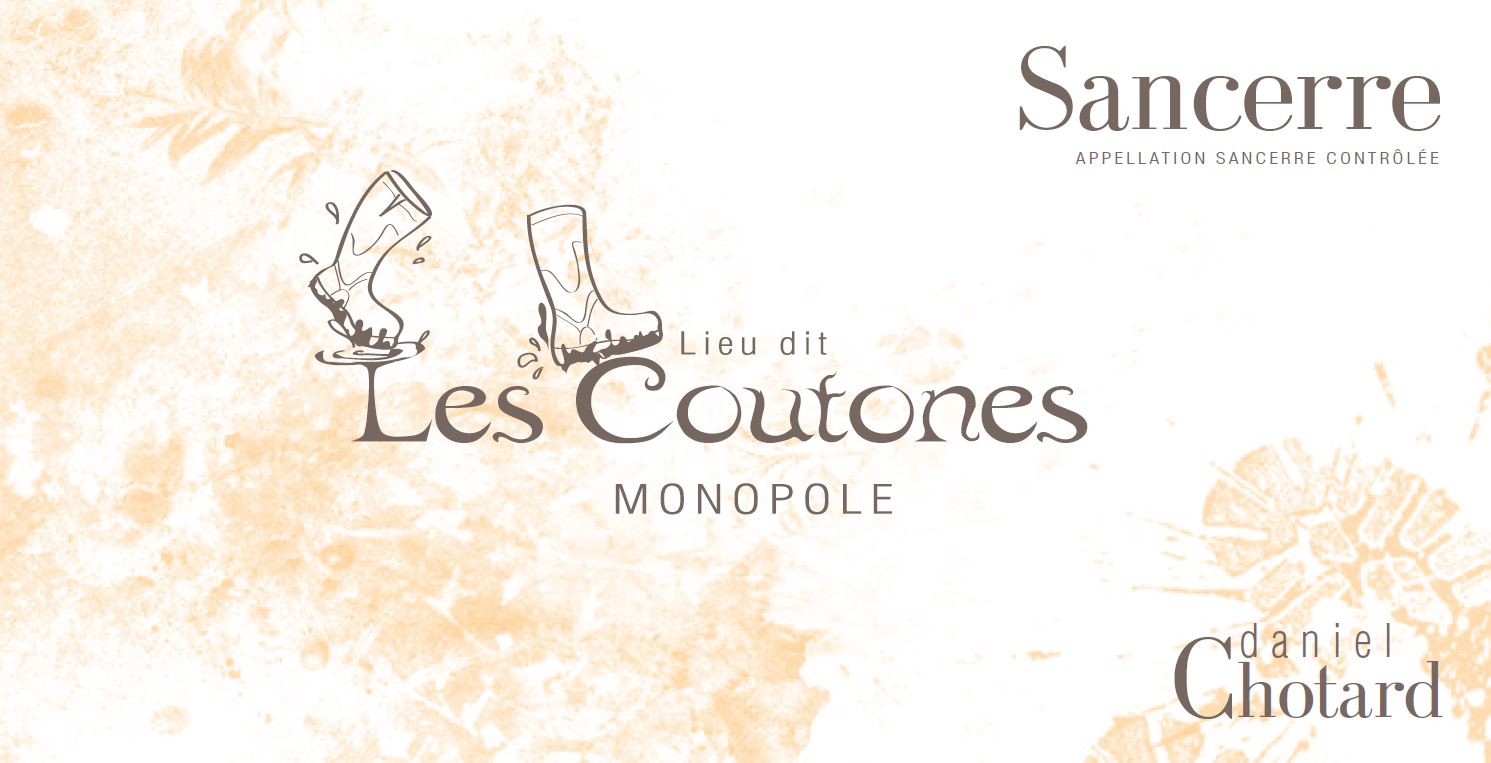
Les Coutones is the name of a parcel that we have a monopoly on on the estate, located on a steep slope known as the "Slope of the Sun". The soil and subsoil are Upper Kimmeridgian clay-limestone, but with more clay and less iron than the Racines terroir. We're on what's known as "love soil", because when it rains, the earth sticks to the boots... The exposure is due south, but the coolness of the clay moderates the sun, which means that the grapes ripen quite slowly. We harvest this area last. The wine is vinified and matured in oak casks, the aim being not to make the wine too heavy by working it in barrels.
SANCERRE BLANC RACINES

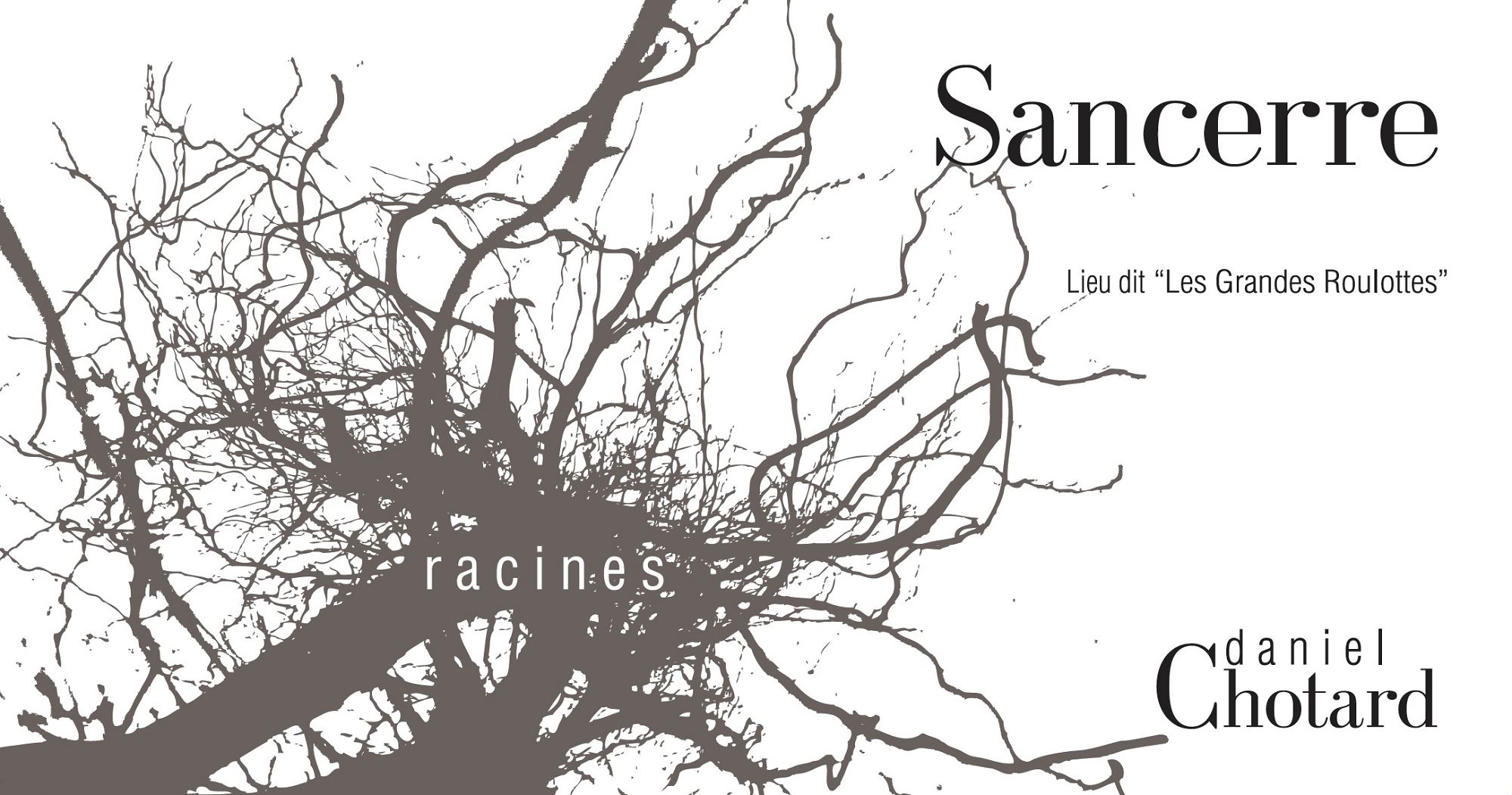
Overlooking the village of Reigny, the Grandes Roulottes vineyard provides the perfect exposure for the vines. The leaves are exposed to the sun and the roots are anchored in the Kimmeridgian marls for which the hillsides of Sancerre are famous. Roots, because our aim is to enhance this terroir by working the soil and vines with respect, allowing the vines to plunge ever deeper into the mineral soil. Our roots also lie in the vinification and ageing in oak barrels, which draw on the expertise of the last three generations of the estate, starting with the one who planted these vines in the 1950s.
SANCERRE BLANC ENCLOS DE REIGNY

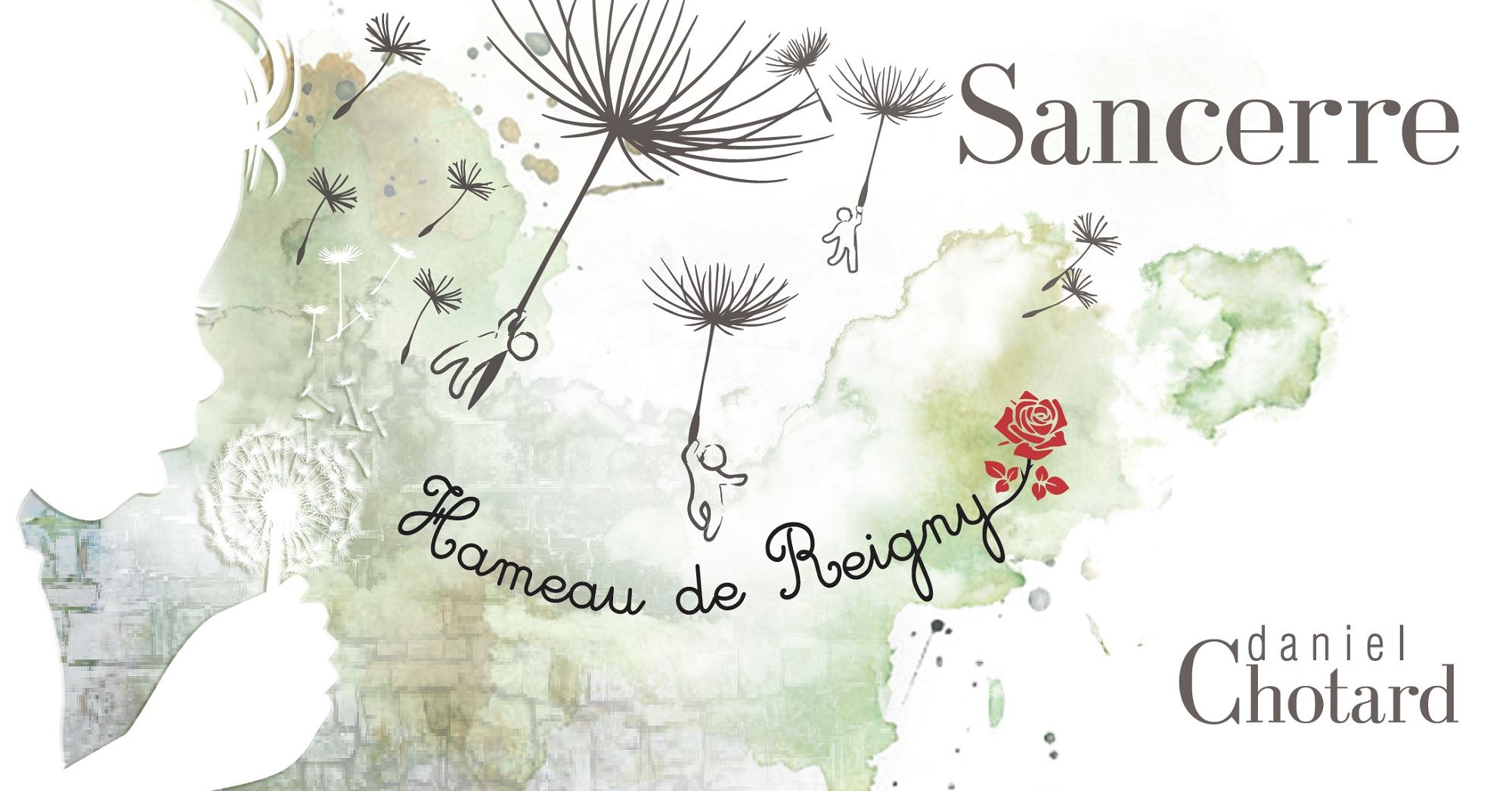
To begin with, there is of course the terroir, the climate, the micro-climate of the plot, the grape variety, sometimes a succession of generations, the winemaker and his team who work day in, day out to ensure that these elements, put end to end, reach a kind of quintessence. But sometimes, in addition to all that, there's a friend who's passionate about helping you discover new landscapes, open new doors and glimpse new horizons that you wouldn't have dared explore so quickly. Planted in 2008, this parcel lies on Kimmeridgian soil. Produced in accordance with the natural wine charter, this bottle is neither fined nor filtered, and no SO2 is added. The deposit is natural and helps the wine to protect itself.
SANCERRE ROUGE TRADITION

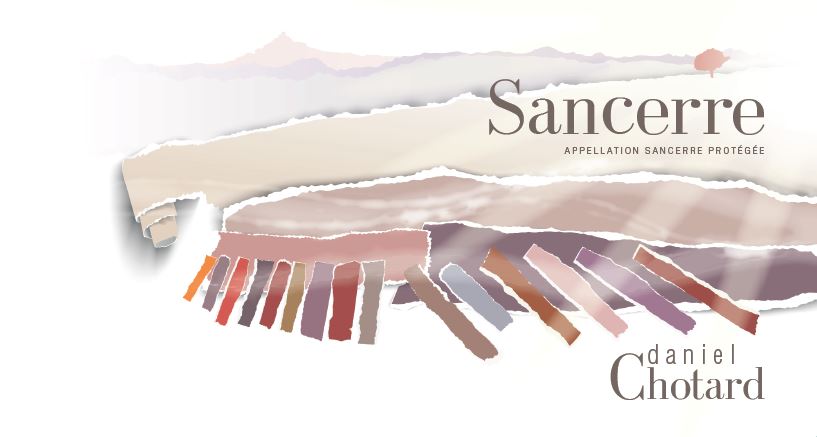
As with the Sancerre Blanc Tradition, this wine is our vision of the Sancerre Rouge. We're looking for greed, fruit, silky tannins, concentration and delicacy. The vines are planted on Griottes and Kimmeridgian marls. Hand-picked, the grapes are partially destemmed and fermented with indigenous yeast for 4 weeks of maceration. The wines are aged in barrel for 18 to 24 months, depending on the year. We use almost no new barrels, the aim being to soften the tannins through micro-oxygenation and avoid adding new ones.
SANCERRE ROUGE LE CHANT DE L’ARCHET


On the Reigny cirque, with soil dating from the Upper Kimmeridgian, there is the part facing south on more chalky ground dedicated to the Blancs and the part facing south-west with more clay soil dedicated to the Rouges. Chant de l'Archet comes from this second part. It is made up of two parcels: La Vallée de la Côte, in the upper part of the hillside, which is fresh and salty, and La Panquenelle, in the lower part of the hillside, which is rich and full-bodied. Our work is designed to be as respectful as possible in order to convey as accurately as possible the influence of the terroir on these old vines. For 20 months, the wine is matured in barrels and then in vats to develop its full expression and ensure it ages well in your cellars.
SANCERRE ROUGE CHAMPS D’ALLIGNY

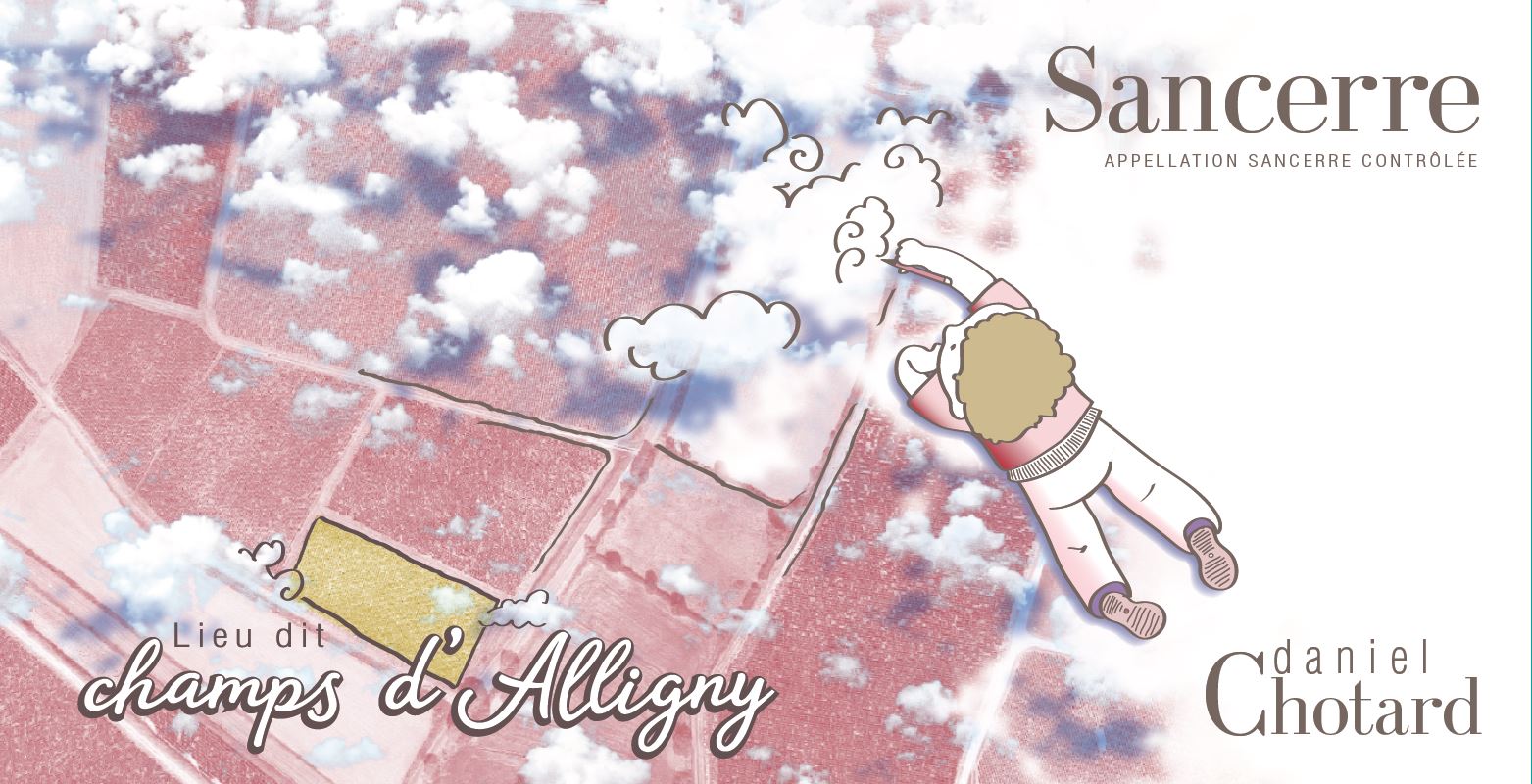
Planted in 1963 and 1965, this beautiful plot of Pinot is known as Les Tibonnes. We are here on a small hill that marks the transition between the Caillottes de Crézancy and the Terres Blanches de Reigny. On the surface, the soil appears very stony, with limestone from the Lower Kimmeridgian and, underground, the roots begin to grow alongside the clay. Locally, this type of terroir is known as Griottes or Cris. This subtle blend gives us a wine that expresses the finesse of the Pinot, the saltiness of the limestone and the substance of the clay. The south-facing aspect completes the picture, allowing us to leave a good proportion of stalks, adding freshness and increasing the wine's ageing potential. Harmony is achieved after 24 months' ageing.
SANCERRE ROUGE LES VALLÉES DE LA CÔTE

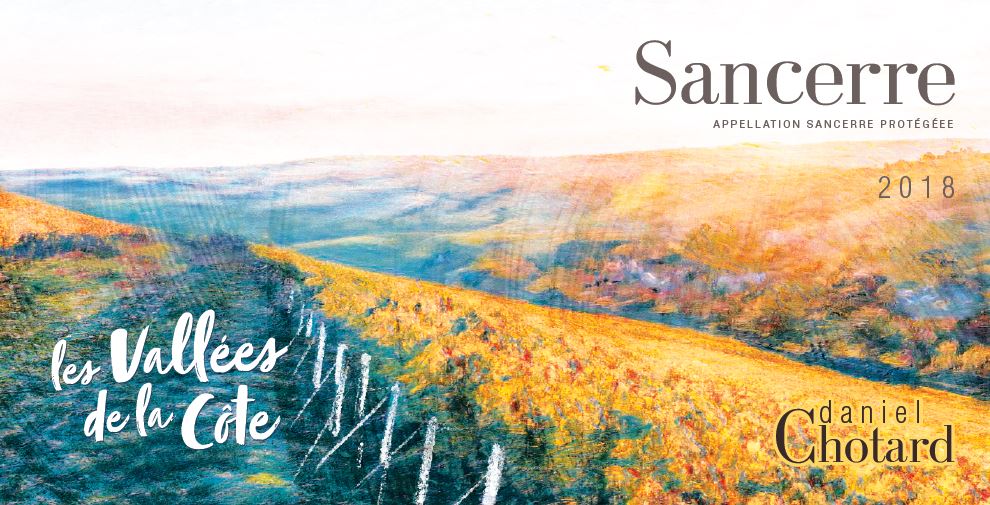
Planted in 1960, this parcel is the highest on our estate. The marl subsoil, south-west exposure and altitude make this an area that slows down ripening, favouring freshness. This historic terroir for the Rouges de Reigny brings out the finesse, aromatic intensity and substance of the Pinot Noir grapes, which express nuanced textures ranging from saline to graphite. Ageing for 24 months in barrel helps to achieve the right balance between fruit and power. This wine is neither fined nor filtered, and no sulphur is added.
SANCERRE ROUGE LES GRANDES ROULOTTES

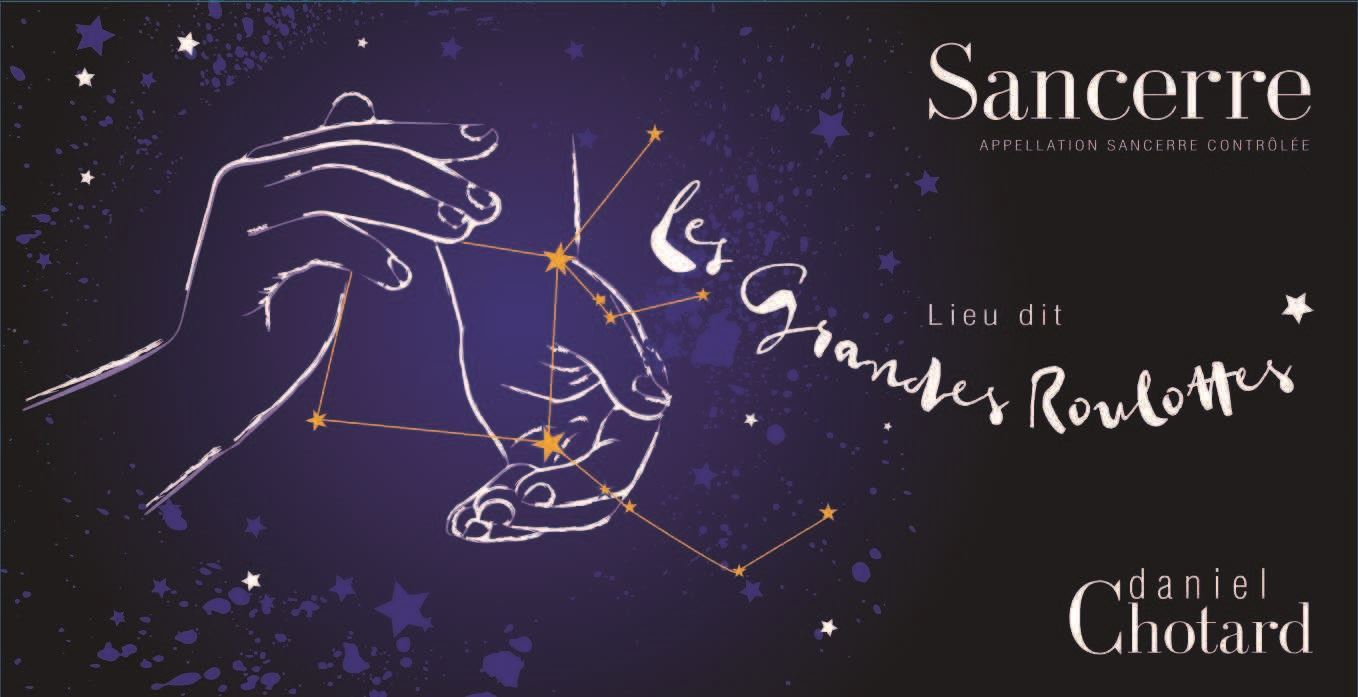
Overlooking the village of Reigny, the Grandes Roulottes vineyard provides the perfect exposure for the vines. The iron-rich brown clays give the wine a punch. On this hill reserved for whites, my Great-Uncle Henri, who was passionate about reds, wanted to believe in Pinot Noir. We try to maintain this vision by working as gently as possible both in the vineyard and in the cellar. The grapes are put directly into barrels, where they patiently infuse for several weeks without any mechanical extraction. Then, after 30 months of rest, the wine is bottled at the goat.
SANCERRE ROSÉ TRADITION

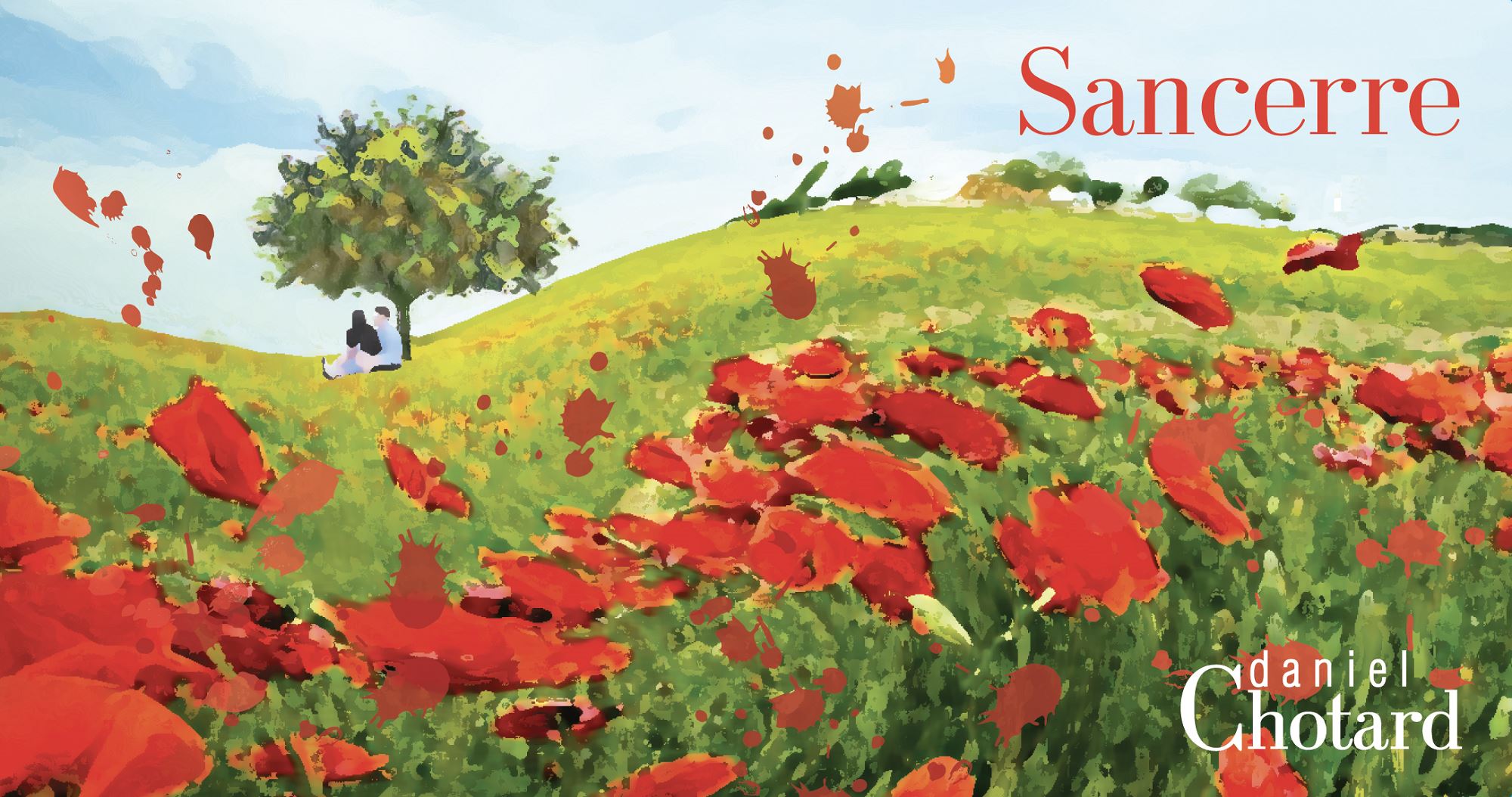
Of all the wines we offer, we particularly like our Rosé. We like to work with Pinot Noir as well as Sauvignon, to produce a Rosé that is close to our whites. We use a plot of Pinot planted on Griottes, the same terroir as for Les Cris or Champs d'Alligny, a terroir that brings minerality and delicacy to the wines. The nose is full of flowers and fresh red fruit.
VIN DE FRANCE MACÉRATION LE DAMIER
Les Petites Roulottes is one of the estate's historic vineyards, located on the cirque de Reigny. Rooted in the Kimmeridgian marls in the middle of the slope and facing south, the vines are bound to thrive here, producing wines of great aromatic maturity and body. To bring out its full potential, we have chosen to vinify this plot by maceration, meaning that the skins macerate in the juice during fermentation. The wine is then matured in acacia or oak barrels, depending on the vintage. You could call it a white red wine. The tannins may surprise you, but they add length and freshness.

